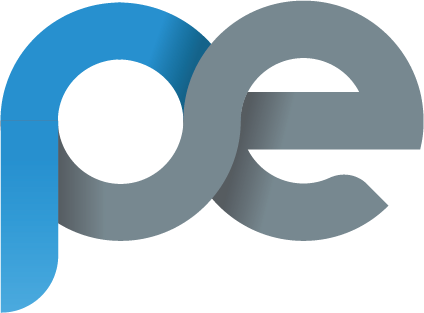
About me...
Hi, I'm Pete 👋
I’m a digital agency owner, founder of a white-label SEO service, podcast host, speaker and digital agency consultant.
I help businesses harness the digital world and thrive – normally these are “bricks and mortar” businesses or digital agencies wanting to “do better” online. Sometimes, however, these are digital freelancers or “solopreneurs” wanting to maximise their lead generation or online sales.
My biggest passion, however, is people.
In truth, businesses are simply groups of people with a common cause. Each person has their own story, strengths, opinions, fears and failures. None are the same – and neither are the businsses or products and services they create.
Finding what makes you unique and how that transpires to your customers and how you help them is really what makes me tick.
Whether its to work in your business alongside you, or to help you with my agency and white-label services, I really want to know who you are and how we can achieve something spectacular for you.
I’m committed to giving my best for those around me.
So to reference one of my favourite films, “I’m in!”
Are you?















